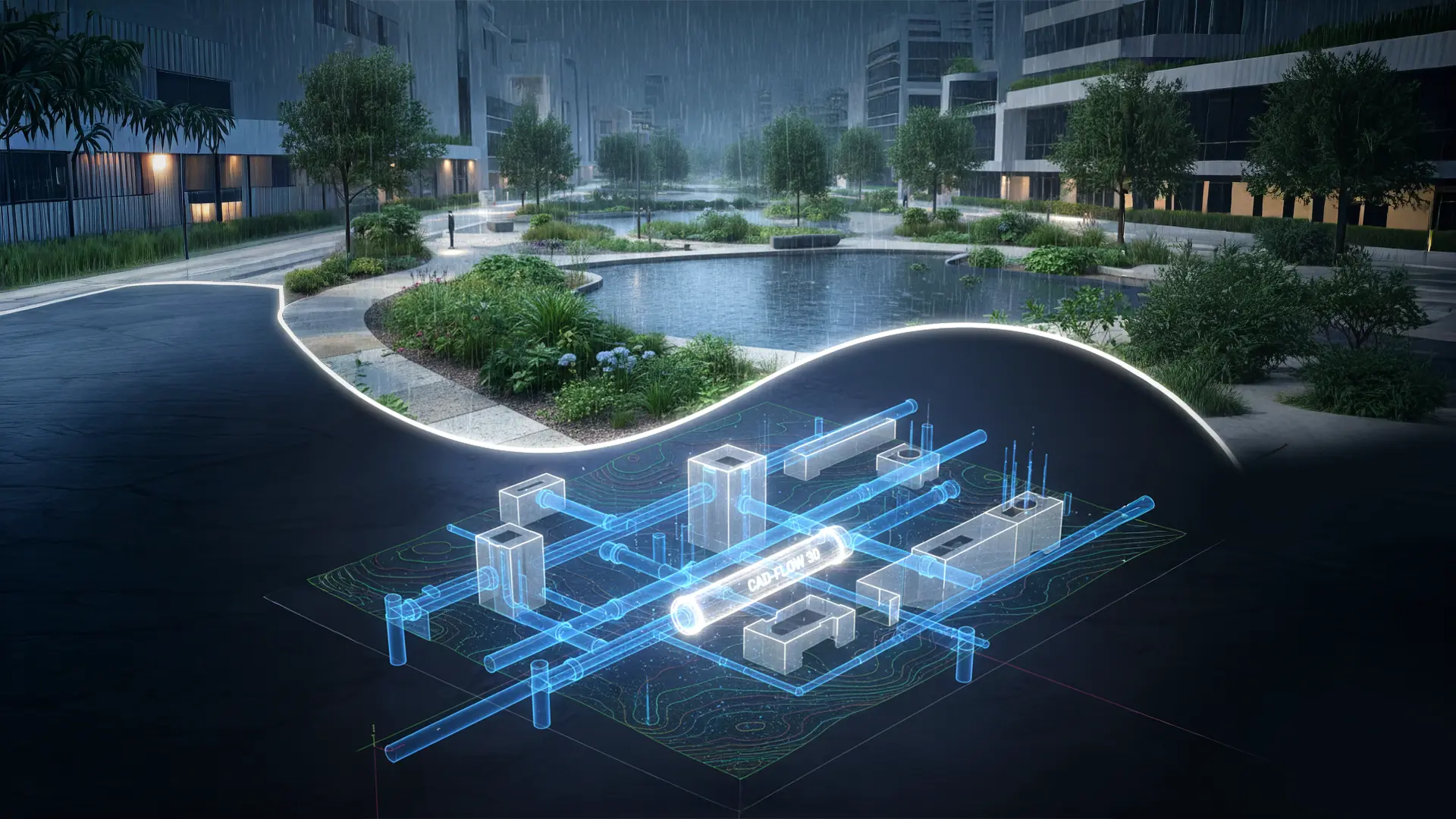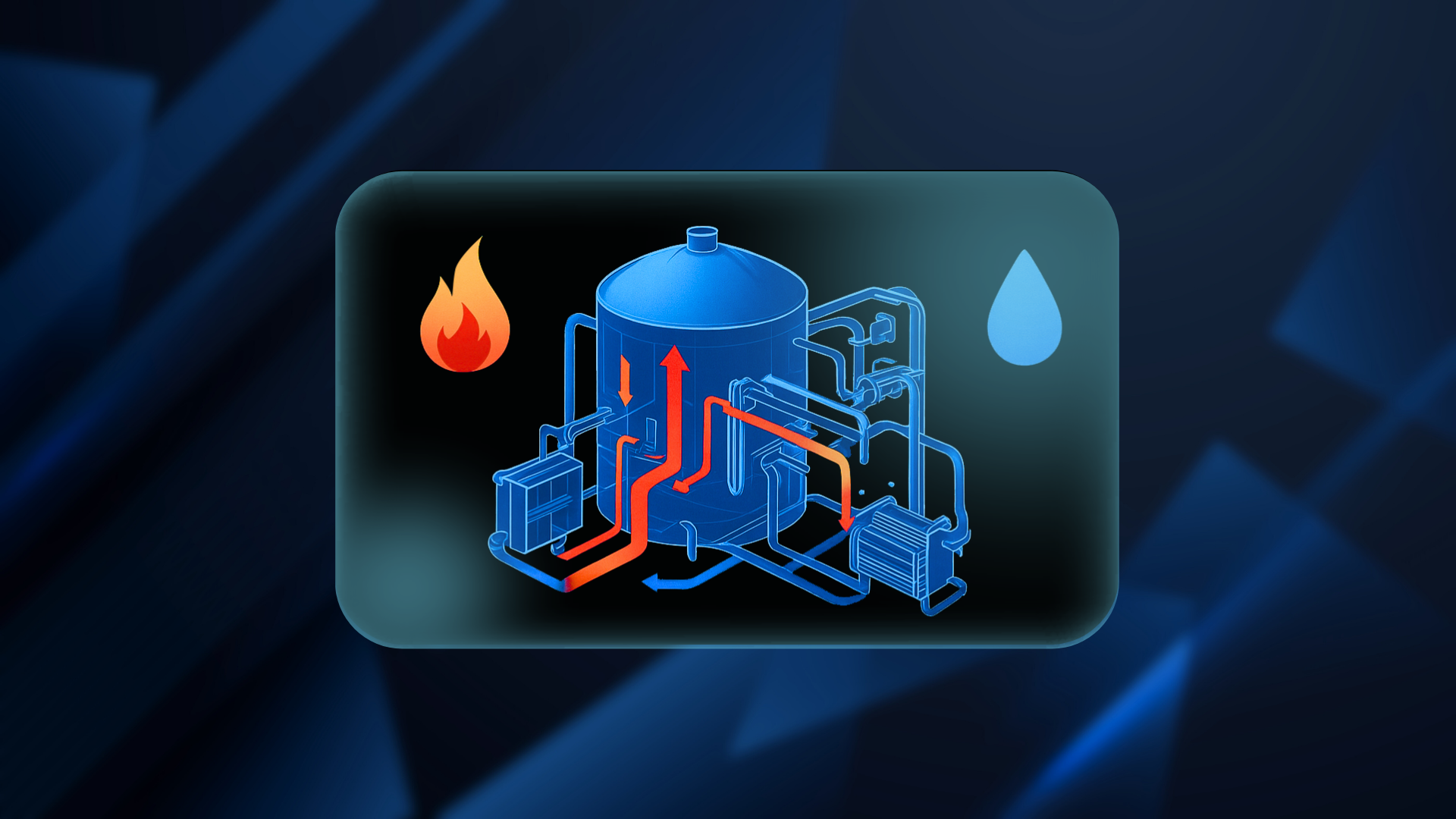Revealing the Remarkable Benefits CAD in IoT-Integrated Fertigation Systems
On a small family farm, young farmer Maria faced the age-old challenges of drought and nutrient-poor soil. Day after day, she watched as traditional irrigation and fertilization methods led to uneven crop growth and wasted resources. Maria dreamed of a thriving farm but struggled with water waste, uneven crops, and rising costs. Everything changed when she discovered IoT-integrated fertigation with CAD. Using real-time sensors and automated nutrient dosing, she optimized irrigation with a few taps on her dashboard. The results were remarkably lower water usage, higher yields, and a more sustainable farm. But happier she was when she discovered that CAD Connect’s CAD experts had the right expertise in boosting fertigation systems with the power of IoT.
Maria’s story is not unique farmers worldwide are embracing IoT-driven fertigation to maximize efficiency and conserve resources. This blog explores how integrating IoT with CAD and partnering with CAD Connect, can revolutionize fertigation, ensuring optimal plant growth while securing the future of agriculture.
Fundamentals of Fertigation Systems
Fertigation is the process of injecting fertilizers, soil amendments, or other water-soluble products into an irrigation system. This technique is employed in commercial agriculture, horticulture, and landscaping to add nutrients or correct deficiencies detected in plant tissue analysis, typically for high-value crops like vegetables, turf, fruit trees, and ornamentals. Fertigation offers several advantages over traditional fertilization methods, including increased nutrient absorption, precise nutrient placement, the ability to micro-dose, and reduced fertilizer, chemical, and water usage. It also reduces chemical leaching into the water supply and minimizes soil erosion
Key Components of a Fertigation System
Fertilizer Tank: This container holds the fertilizer solution before it is injected into the irrigation system. The stock tank should be large enough to complete an entire fertilization job with one batch of concentrated fertilizer.
Fertilizer Injector Pump: This pump transfers the fertilizer from the tank into the irrigation system. Common types of injectors include venturi injectors, which create a vacuum to draw liquid fertilizer into the system, and positive displacement pumps, which offer accurate metering.
Backflow Prevention Devices: These devices are crucial for preventing the contamination of the water source due to the cross-connection between the water source and the irrigation system. Backflow can occur due to back-siphonage (reversal of normal system flow caused by negative pressure) or back pressure, so preventing it is essential to protect groundwater from chemical contamination.
Filters: Filters are needed to prevent the blockage of emitters, especially when using fertilizers that are not completely water-soluble.
Pressure Gauge and Water Meter: The pressure gauge and water meter help monitor the system’s performance.
Role of IoT in Fertigation Systems
IoT plays a crucial role in modern fertigation systems by enabling automated, precise, and data-driven practices. It facilitates real-time monitoring and control, optimizing resource use and improving crop yields. The integration of IoT transforms traditional agricultural practices into a technology-enhanced system that supports food security, profitability, and sustainability
Real-Time Monitoring and Data Collection
IoT devices, such as sensors and drones, are used to monitor critical parameters like soil moisture, temperature, humidity, light intensity, and crop health. These sensors provide
real-time data, empowering farmers to make informed decisions promptly.
Precision and Automated Control
IoT enables precise application of water, fertilizers, and pesticides, targeting specific areas instead of treating entire fields. This precision reduces waste and costs, enhancing crop health by avoiding overuse of chemicals. Automated irrigation systems, activated based on soil moisture data, exemplify this benefit.
Economic and Environmental Benefits
Smart irrigation systems driven by IoT result in significant reduction in water usage. By using soil moisture sensors and weather data to precisely control water delivery, these systems ensure crops receive the optimal amount of water, reducing waste and cutting water bills.
Challenges in Designing IoT-Integrated Fertigation Systems
Designing IoT-integrated fertigation systems involves addressing several challenges to ensure effective operation. Compatibility issues arise due to the diverse communication protocols between IoT devices and existing fertigation components, necessitating careful integration strategies. Power management is critical, especially in remote agricultural areas lacking reliable electricity; solutions like solar-powered systems are often employed to maintain continuous
operation. Ensuring cybersecurity is paramount, as IoT-based fertigation networks are susceptible to cyber threats, requiring robust security measures to protect sensitive agricultural data and system integrity. Addressing these challenges is essential for the successful deployment of IoT-based fertigation systems, leading to improved efficiency and productivity in agriculture.
Importance of CAD in Designing Fertigation Systems
Computer-Aided Design (CAD) has revolutionized various engineering domains, including agricultural engineering. In the context of fertigation systems, where irrigation and fertilization are combined, CAD plays a crucial role in designing, analyzing, and optimizing layouts to ensure maximum efficiency. CAD tools provide precision, allowing engineers and agronomists to model complex fertigation networks with high accuracy before actual implementation
Precision and Accuracy: CAD eliminates manual errors and ensures precise calculations in pipeline routing, tank positioning, and valve placements. This results in optimized nutrient distribution with minimal waste.
Efficient Resource Utilization: By simulating the fertigation system digitally, engineers can determine the most efficient use of water, fertilizers, and energy, ultimately reducing operational costs.
Customizable and Scalable Designs: Whether designing a small-scale farm setup or a large commercial agricultural system, CAD allows easy modifications, expansion planning, and system optimization based on field requirements.
Seamless Integration with IoT and Smart Farming: Modern fertigation systems integrate IoT sensors for real-time monitoring of soil moisture, nutrient levels, and irrigation schedules. CAD software aids in the strategic placement of sensors, ensuring optimal data collection and system automation.
Integrating Computer-Aided Design (CAD) and the Internet of Things (IoT) into fertigation systems is revolutionizing modern agriculture, driving efficiency, precision, and sustainability. CAD enables the seamless design of intelligent irrigation networks, while IoT empowers real-time monitoring and adaptive control, ensuring optimal resource utilization and maximum crop yields. The future of smart fertigation lies in innovations like nano fertilizers and precision agriculture, reducing waste and enhancing productivity. To stay ahead in this transformation, collaborate with CAD Connect, your gateway to cutting-edge CAD solutions that bring automation, intelligence, and sustainability to your agricultural projects. Revolutionize your fertigation systems with innovation-driven design!






